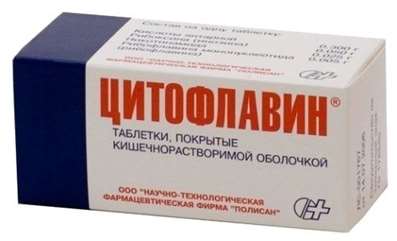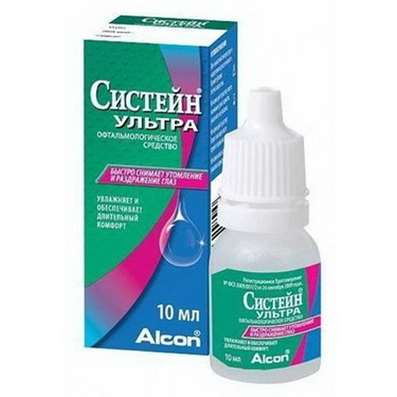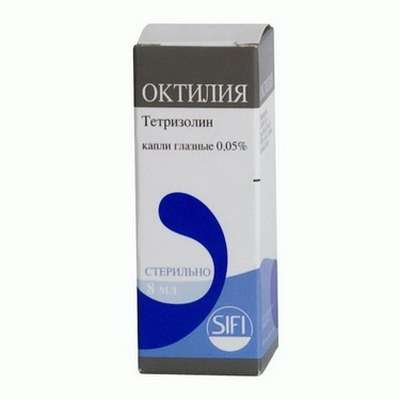Instruction for use: Aceclofenac (Aceclophenacum)
I want this, give me price
Pharmacological groups
NSAIDs - Derivatives of acetic acid and related compounds
Code CAS 89796-99-6
Pharmacotherapy
NSAIDs (non-steroidal anti-inflammatory drugs), phenylacetic acid derivative; has anti-inflammatory, analgesic and antipyretic effects associated with indiscriminate suppression of COX1 and COX2, regulating the synthesis of Pg.
Pharmacokinetics
Absorption is high. TCmax - 1.25-3 hours Penetrates into the synovial fluid, where its concentration reaches 57% of plasma concentration level and TCmax 2-4 hours later than in plasma. The volume of distribution is 25 liters. The connection with plasma proteins (albumins) is 99%. Aceclofenac circulates mainly unchanged, its main metabolite is 4'-hydroxyacetylfenac. T1 / 2 - 4 hours. It is excreted by the kidneys, mainly in the form of hydroxy derivatives (about 2/3 of the administered dose).
Indications
Inflammatory diseases of the musculoskeletal system (rheumatoid arthritis, psoriatic and juvenile arthritis, ankylosing spondylitis, gouty arthritis, osteoarthritis).
Contraindications
Hypersensitivity (including to other NSAIDs), erosive and ulcerative lesions of the gastrointestinal tract (in the phase of exacerbation), a complete or incomplete combination of bronchial asthma, recurrent nasal polyposis and paranasal sinuses and ASA intolerance or other NSAIDs (including in the anamnesis), violation of hematopoiesis of unknown etiology, pregnancy (III trimester), children's age (under 18 years).
Carefully
CHF (chronic heart failure), liver, kidney and gastrointestinal diseases in history, dyspeptic symptoms at the time of prescribing, hypertension, decreased BCC (including postoperative state), pregnancy (I-II trimester), lactation , elderly age, chronic renal failure, diuretics.
Dosing
Inside, 100 mg 2 times a day. The tablets are swallowed whole, with a sufficient amount of liquid.
Side effect
From the digestive system: gastralgia, nausea, vomiting, dyspepsia, flatulence, decreased appetite, increased activity of "liver" transaminases, gastrointestinal bleeding, erosive and ulcerative lesions and perforation of the gastrointestinal tract, hematemesis, melena, fulminant hepatitis, constipation.
From the side of the nervous system: headache, dizziness, agitation, impaired perception, paresthesia, memory loss, disorientation, impaired vision, hearing, taste sensations, tinnitus, sleep disorders (drowsiness or insomnia), irritability, convulsions, depression, anxiety, tremor, aseptic meningitis.
Allergic reactions: skin rash, seldom - hives, eczema, erythroderma, systemic anaphylactoid reactions, bronchial asthma, in some cases - vasculitis, pneumonitis, erythema multiforme exudative (including Stevens-Johnson syndrome), toxic epidermal necrolysis (Lyell's syndrome ).
From the urinary system: rarely - peripheral edema, in some cases - acute renal failure, hematuria, proteinuria, interstitial nephritis, nephrotic syndrome.
On the part of the hemopoiesis: thrombocytopenia, leukopenia, agranulocytosis, hemolytic anemia, aplastic anemia.
From the CCC (cardiovascular system): tachycardia, increased blood pressure (BPH), CHF (chronic heart failure).
Overdose
Symptoms: dizziness, headache, hyperventilation of the lungs with increased convulsive readiness, nausea, vomiting, abdominal pain.
Treatment: gastric lavage, administration of activated charcoal, symptomatic therapy. There is no specific antidote. Forced diuresis, hemodialysis are ineffective.
Interaction
Increases the concentration in the plasma digoxin, drugs Li + and phenytoin.
Against the background of simultaneous reception of potassium-sparing diuretics, the risk of hyperkalemia increases, against the background of indirect anticoagulants - the risk of bleeding (regular coagulation monitoring is necessary).
Reduces the effectiveness of diuretic and antihypertensive drugs.
Increases the likelihood of side effects of NSAIDs and GCS (glucocorticosteroids) from the GI tract (gastrointestinal tract), toxicity of methotrexate (interval between admission - 24 h) and nephrotoxicity of cyclosporine.
ASA reduces the concentration of aceclofenac in the blood.
With simultaneous use with oral hypoglycemic drugs, both hypo- and hyperglycemia are possible (blood glucose control is necessary).
Myelotoxic drugs (drug) increase the manifestation of hematotoxicity of the drug.
Special instructions
Because of the important role of Pg in maintaining renal blood flow, care should be taken when appointing patients with cardiac or renal insufficiency, the elderly who take diuretics, and patients who for any reason have a decrease in BCC (circulating blood volume) (for example after major surgical intervention). If such cases are prescribed aceclofenac, it is recommended as a precaution to monitor the kidney function.
In patients with hepatic insufficiency (chronic hepatitis, compensated cirrhosis), the kinetics and metabolism do not differ from similar processes in patients with normal liver function.
When performing long-term therapy, it is necessary to monitor liver function, the picture of peripheral blood, the analysis of feces for latent blood.
During the treatment period, care must be taken when driving vehicles and engaging in other potentially dangerous activities that require an increased concentration of attention and speed of psychomotor reactions.

 Cart
Cart





